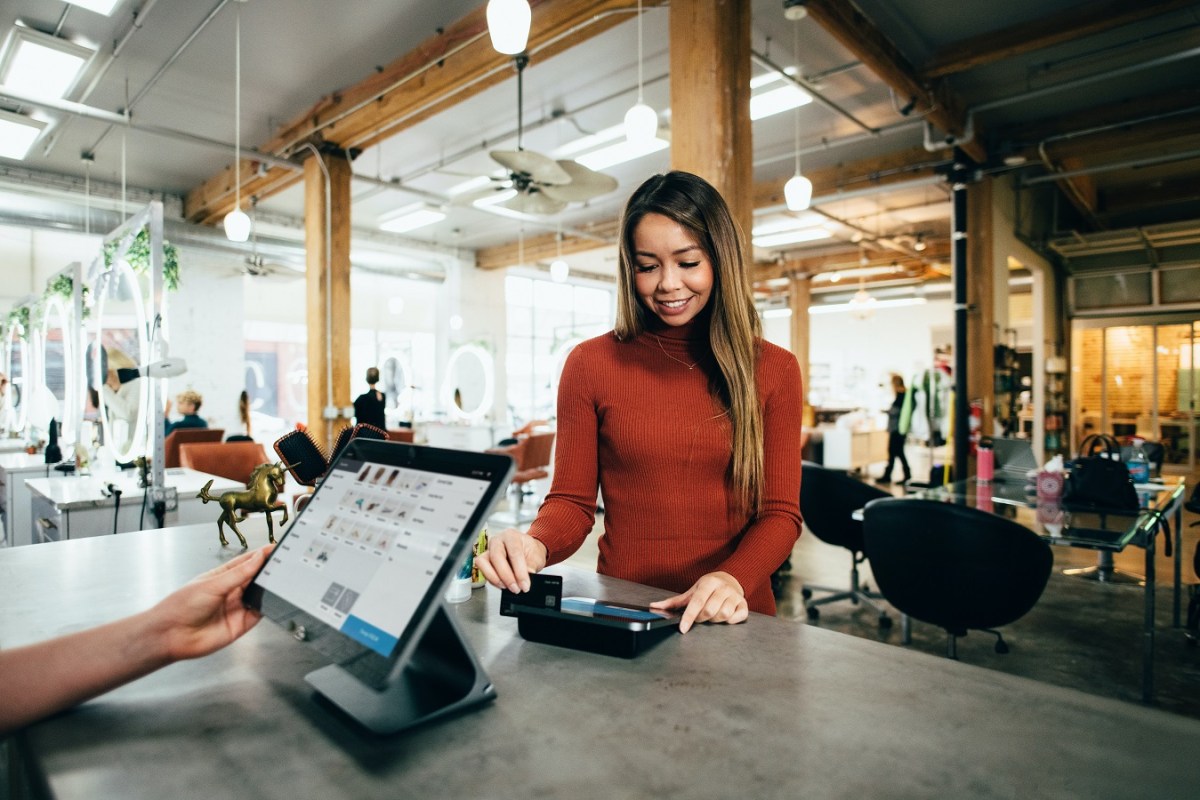With the rapid convergence of traditional retail with e-commerce and the omnichannel, the adoption of digital and mobile technologies has become the new norm for many modern retailers in an effort to improve their services and optimise the customer shopping experience. Today’s consumers desire convenience and have an ever-increasing expectation of a seamless shopping experience across all channels. This has forced many retailers to re-calibrate their priorities and integrate new technology into their operations to keep up with the competition.
With such an abundance of devices currently deployed, and the likelihood this will only continue to increase, retailers must be able to track every single item of technology, to ensure they are ready to manage these endpoints and act should there be a potential security threat.
So, how can retailers effectively keep track of all their technology and ensure it is secure? Only when retailers have connected all deployed Internet of Things (IoT) devices to a centralised point, can they be appropriately tracked and managed for an effective security solution.
What technologies do retailers use – how many are out there?
Retail technology is everywhere, and there are more mobile devices that exist within a store than retail managers might be aware of. Traditional point of sale (POS) devices, inventory management systems, self-checkout terminals, smart signage and shelves, and mobile devices for store associates and customer use can all be present in a typical retail store. These are just some of the modern devices used by almost every large retailer today, to increase operational efficiencies and enhance in-store shopping experiences for customers.
Stepping one level ahead, the use of advanced retail software is also taking flight. This includes beacon technology that tracks and assists customers in-store via an app, or the use of facial recognition technology to identify customers when they walk into a store so that they can receive personalised offers and discounts. And there is even scan-as-you-go technology, which allows shoppers to simply scan the items they are planning to purchase inside a store, and then receive and pay for them at the checkout.
These innovations for expediting the customer shopping experience are part of a diverse range of ongoing and increasing developments toward the ‘new age’ of retail, and these technologies will only continue to become more advanced in the future.
Retail technology must be secure
According to SOTI’s State of Mobility in Retail Report, more than two-thirds (67.3%) of consumers perceive retail technology to be an effective strategy for delivering a faster and more personal shopping experience. This goes to show that there is an increasing need for technological innovations in retail and, as much as retailers can reap the benefits of using technology throughout their operations, consumers also have a large expectation for it to be implemented within their own shopping experience.
However, despite a general demand for technology to influence the shopping experience, 32.6% of consumers are still unwilling to sacrifice personal data safety to improve their in-store experience. This sense of distrust towards the use of personal consumer data is exactly the reason why it is now more important than ever for retailers to ensure precious consumer data is protected.
Implementing an IoT solution
With the number of technologies managed by retailers growing exponentially, the points of vulnerability are only increasing. In a survey conducted by SOTI around the implementation of business-critical mobility solutions, almost one in two business professionals admitted to being the victim of a cyberattack or cyberbreach through enterprise technology – the most common points of vulnerability being from communication protocols, remote access, as well as mobile and connected devices.
Security is now imperative for retailers. It is crucial that all retail IoT endpoints can be remotely overseen, going beyond just the traditional POS endpoints to encompass all other networked endpoints such as mobile devices, printers, kiosks and remote sensors.
The attack surface on mobile platforms is very broad, working via platforms such as Bluetooth, NFC, Wi-Fi and GPS. This combined with the pocketable nature of mobile devices means that having the ability to remotely lock down and wipe devices is absolutely critical, particularly for end users with access to business and customer data.
In order for retailers to effectively safeguard information and maintain their own credibility, they must implement an IoT management solution with strong security credentials, that enables them to have real-time visibility and management of all business-critical IoT endpoints from a centralised point. Once deployed, this management solution can help retailers to ensure the protection of both their own business-critical data, as well as that of their customers.
Michael Dyson is managing director of Australia and New Zealand at SOTI

